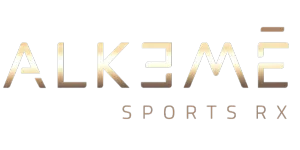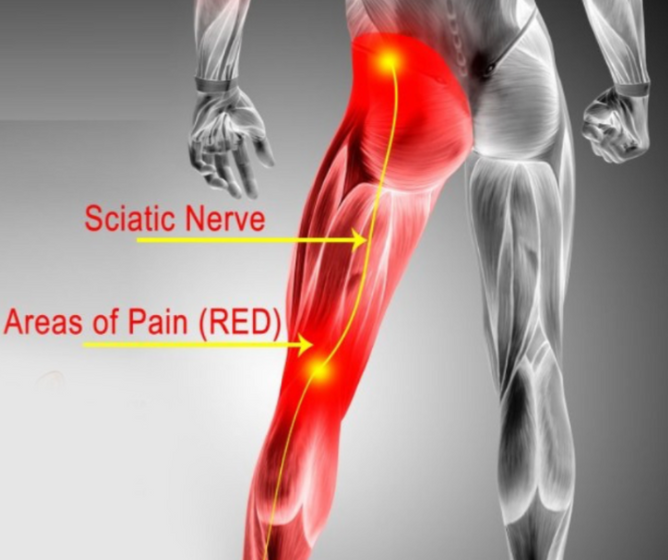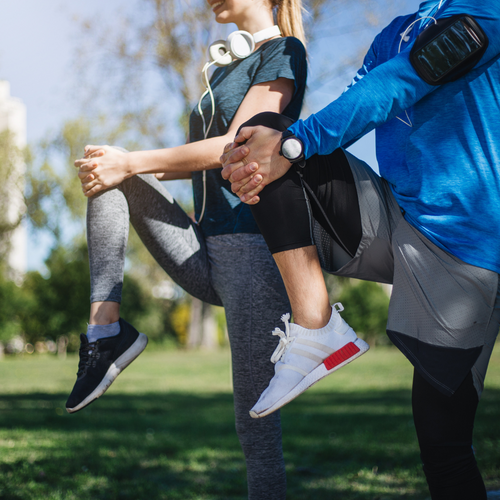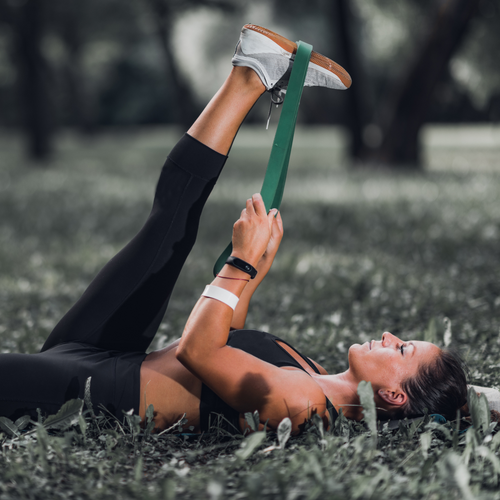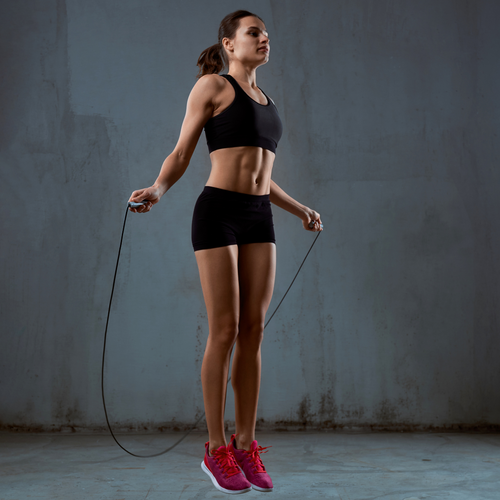Blog
3 Common Causes of Shoulder Pain and How Physical Therapy Can Help!
Imagine not being able to serve a tennis ball, swing a golf club, make a free throw or pass the football for the winning touchdown. You won't...
3 Signs You Need To See A Physical Therapist for Sciatica Pain
Each of your sciatic nerves runs down each leg from either side of your lower back. As a result, shooting pain on one side is a characteristic...
3 Sneaky Ways to Incorporate Cardio for the Cardio Haters
One of the most common issues that people mention when they come for physical therapy is that they just don't have enough time for cardio...
4 Common Running Injuries and How to Treat Them
Running is a great way to improve your health and stay in shape. Unfortunately, there are several types of sports injuries frequently associated...
4 Exercises to Strengthen Your Core
Whether you're struggling with pain or merely want to look and feel better for an upcoming vacation, these four basic exercises will help you get...
4 Types of Stretches That Can Dramatically Benefit Your Physical Health
When you begin a workout or physical therapy routine, you should complete a set of stretching exercises beforehand to help you limber up and...
4 Ways To Lead a Healthier Lifestyle
It’s not always easy to know the first place you can begin when it comes to making adjustments in your life for your health and well-being. Some...
4 Workout Recovery Tips for to Ensure Peak Athletic Performance
Any coach or physical therapist can tell you that the difference between a so-so season and one at which you’re operating at peak performance is...
5 Ways Stretching Will Improve Your Overall Function
Your body does more work throughout the day than you may even realize. Your organs, joints, and muscles all work together seamlessly so you can...
6 Exercises that Can Really Improve Athletic Speed
Whether you're a committed athlete, a weekend warrior, or just beginning a new activity, improving athletic speed is beneficial for nearly every...
